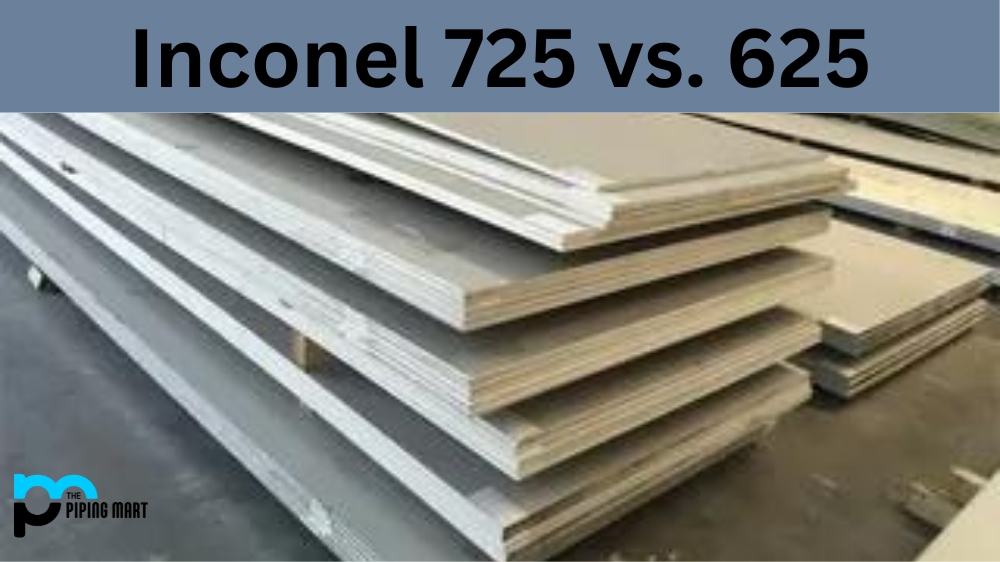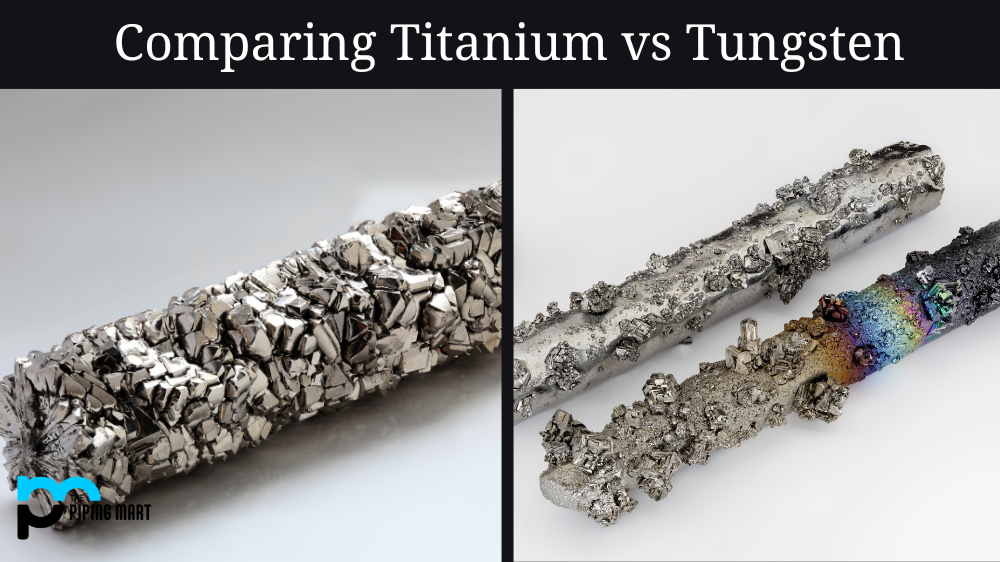If you’re an engineer or metalworker, you know that when it comes to metals, performance is key. Inconel is a superalloy that is often used for its excellent strength and corrosion resistance. But which type should you choose – Inconel 725 or 625? Let’s break down the differences between these two alloys so you can decide which is right for your project.
Inconel 725 vs. 625 – Alloy Properties
Inconel 725 and 625 are both nickel-based alloys with similar chemical compositions. 725 has higher levels of chromium, molybdenum, niobium, and aluminum than 625. This combination makes it more resistant to corrosion than the 625 alloys. However, it also makes it less malleable and harder to work with. As such, 725 tends to be more expensive than 625 due to its higher alloy content.
Inconel 725 vs. 625 – Heat Resistance
Inconel 725 and 625 have excellent heat resistance; however, their heat ranges differ slightly. The maximum temperature for Inconel 725 is 2145°F (1175°C), while the maximum temperature for Inconel 625 is 2150°F (1177°C). Therefore, if your application requires extremely high temperatures—in excess of 2150°F—you should opt for the Inconel 725 alloy instead.
Inconel 725 vs. 625 – Strength and Toughness
Both alloys can withstand extreme temperatures without losing their structural integrity; however, they have different strengths regarding tensile strength and toughness. The tensile strength of Inconel 725 is 1120 MPa compared to 940 MPa in Inconel 625; meanwhile, the toughness of Inconel 725 is greater than that of Inconel 625 thanks to its higher levels of molybdenum, niobium, and aluminum.
Conclusion:
When choosing between Inconel 725 or 625 for an application requiring heat resistance or strength at elevated temperatures, consider factors such as cost-effectiveness and ease of fabrication before deciding. Ultimately, both alloys offer excellent performance characteristics that make them suitable for many applications. With careful research into each alloy’s properties and your specific application needs, you can make an informed decision about which one will best suit your project requirements.

Pipingmart is B2B portal specializes in industrial, metal and piping products. Also, share latest information and news related to products, materials and different types grades to help business dealing in this industry.




